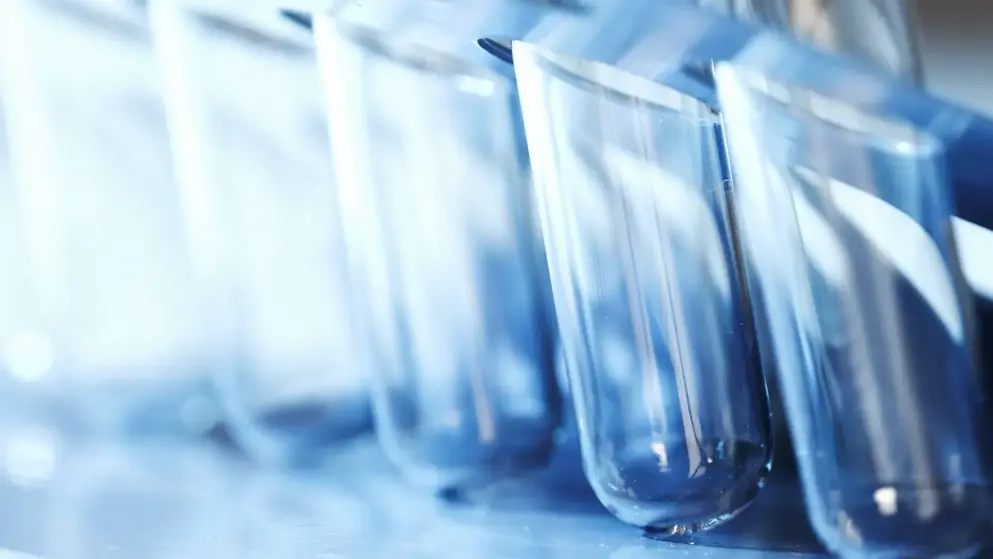
Iron-deficiency anaemia in chronic kidney disease
Iron-deficiency anaemia in chronic kidney disease
How common is anaemia in chronic kidney disease?
Iron-deficiency anaemia is a serious complication of chronic kidney disease (CKD), resulting from declining production of erythropoietin as kidney function deteriorates1,2. The prevalence of iron-deficiency anaemia at any stage of CKD is estimated at 15–22%, which is considerably higher than in the general population3,4. Further, the prevalence and severity of anaemia increase as estimated glomerular filtration rate (eGFR) declines and, in some populations, prevalence rates of up to 90% at stage 5 CKD have been reported4. Anaemia in CKD is associated with worsening prognosis, reduced quality of life, and increased morbidity and mortality1,3,4.
What are risk factors for iron-deficiency anaemia in CKD?
The main risk factor for anaemia in CKD is deterioration of kidney function. There are several possible factors that contribute to the development of anaemia in CKD. Two key factors are decreased production of erythropoietin by diseased kidneys and elevated levels of hepcidin, which disrupts iron homeostasis. Inflammation in diseased kidneys further suppresses erythropoietin production and stimulates hepcidin expression. Older age and female sex have also been identified as risk factors for anaemia in CKD. The susceptibility of older people to anaemia in CKD may be linked to age-related comorbidities, particularly inflammatory disorders. Female patients were found to be twice as likely to develop anaemia than males4.
What are unmet needs in anaemia?
There is a pressing unmet need for treatments to optimally manage anaemia in CKD. Current treatment options include iron supplementation, either orally or intravenously, and erythropoietin-stimulating agents (ESAs); for severe cases, blood transfusions may be required. While iron supplements and ESAs have proved beneficial for many patients, both options have limitations that hinder optimal management. Adverse effects with iron supplementation often result in poor compliance1. Doses of ESAs required to normalise iron levels are not recommended as they are associated with an increase in adverse effects5. In some patients ESAs are ineffective and fail to achieve an adequate level of haemoglobin, a condition known as ESA hyporesponse2.
What are the targeted treatments for anaemia?
New drugs that have been developed for the treatment of anaemia include the hypoxia-inducible factor prolyl hydroxylase inhibitors (HIF-PHIs), also known as HIF stabilisers1. By inhibiting prolyl hydroxylase, these drugs increase the levels of HIF, which leads to an increase in the levels of endogenous erythropoietin1. HIF-PHIs also increase iron store availability and uptake of iron from the gastrointestinal tract6. Development of four orally administered HIF-PHIs, roxadustat, daprodustat, vadadustat and molidustat, has progressed to phase 3 clinical trials. The Cochrane Kidney and Transplant Group is conducting a systematic review of the available data, to determine efficacy and safety of HIF-PHIs7.
Independent, grant-supported education for Iron-deficiency anaemia in chronic kidney disease
of interest
are looking at
saved
next event
Related news and insights
Related Guidelines
References
- Portolés J, Martín L, Broseta JJ, Cases A. Anemia in Chronic Kidney Disease: From Pathophysiology and Current Treatments, to Future Agents. Front Med. 2021;8:328.
- Weir MR. Managing Anemia across the Stages of Kidney Disease in Those Hyporesponsive to Erythropoiesis-Stimulating Agents. Depth Top Rev Am J Nephrol. 2021;52:450–466.
- Stauffer ME, Fan T. Prevalence of Anemia in Chronic Kidney Disease in the United States. PLoS One. 2014;9(1):84943.
- Palaka E, Grandy S, Van Haalen H, Mcewan P, Darlington O. The Impact of CKD Anaemia on Patients: Incidence, Risk Factors, and Clinical Outcomes-A Systematic Literature Review. Int J Nephrol. 2020;2020:7692376.
- KIDGO Work Group. KDIGO clinical practice guideline for anemia in chronic kidney disease. Kidney Int Suppl. 2012;2(4):1–335.
- Batchelor EK, Kapitsinou P, Pergola PE, Kovesdy CP, Jalal DI. Iron Deficiency in Chronic Kidney Disease: Updates on Pathophysiology, Diagnosis, and Treatment. J Am Soc Nephrol. 2020;31(3):456–468.
- Natale P, Palmer SC, Tong A, Ruospo M, Hodson EM, Cooper TE, et al. Hypoxia-inducible factor stabilisers for the anaemia of chronic kidney disease. Cochrane Database Syst Rev. 2020;2020(10):CD013751.


